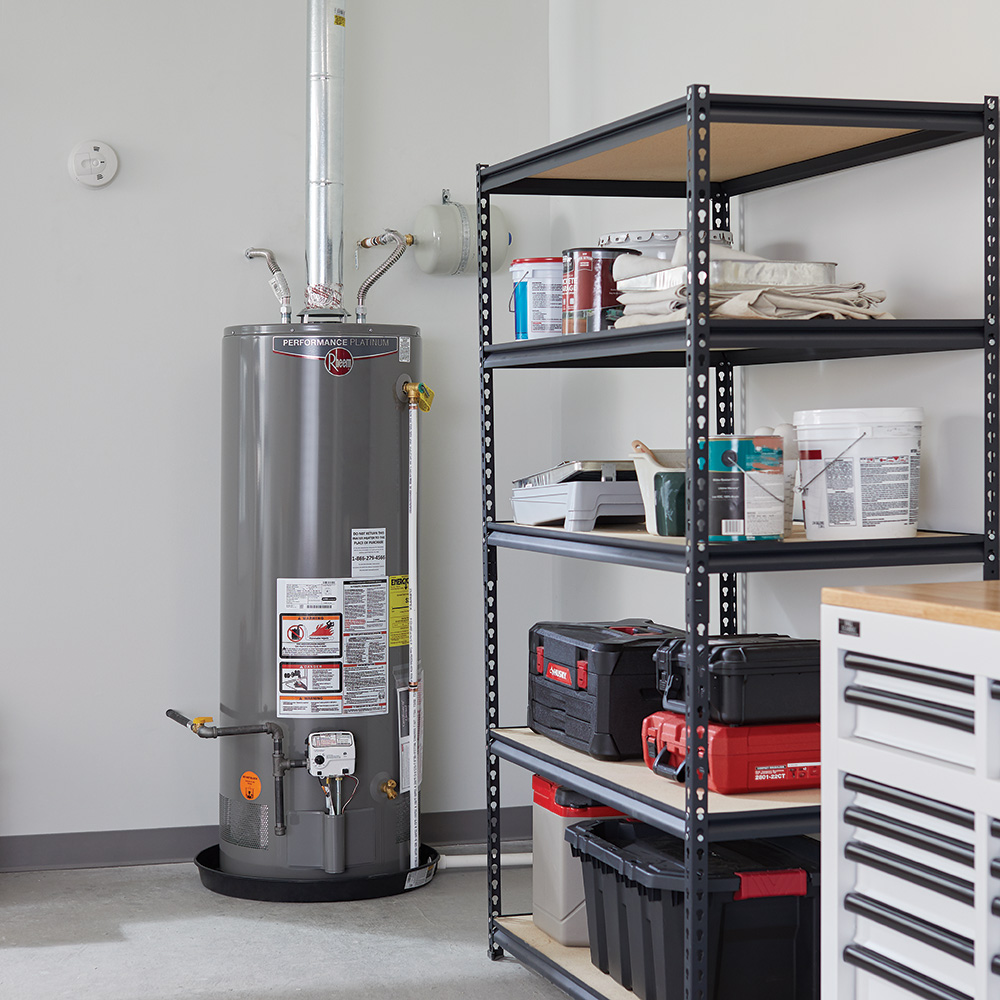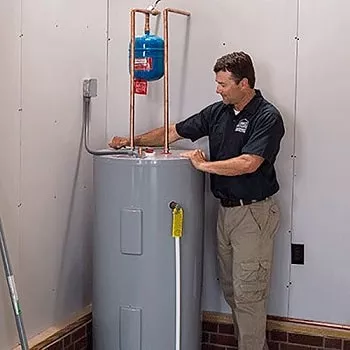Gas Leak Repair by Certified Technicians for Maximum Safety at Home
Gas Leak Repair by Certified Technicians for Maximum Safety at Home
Blog Article
Complete Overview to Water HeaterInstallation and Replacement
Recognizing the details of water heating system installation and replacement is important for house owners seeking to guarantee efficiency and integrity in their warm water supply. From choosing the proper type and size to performing a seamless installation process, numerous aspects need to be taken into consideration to stay clear of usual risks.
Kinds Of Hot Water Heater
When thinking about hot water heater installment and substitute, it is necessary to comprehend the numerous kinds of water heating units available on the market. The most usual kinds consist of tank water heating systems, tankless hot water heater, heat pump hot water heater, and solar water heating units.
Tank hot water heater are standard systems that store a details quantity of warm water, making them readily offered when needed. They are normally less costly ahead of time however might incur greater energy prices in time as a result of heat loss. In comparison, tankless hot water heater supply warm water on need, eliminating the requirement for storage space. They are power effective and can conserve space, but their first expenses are normally higher.
Warm pump hot water heater utilize power to transfer warm from the air or ground to warmth water, offering considerable power cost savings yet requiring more area and certain installment problems. Lastly, solar water heating units harness solar power to warmth water, giving an environment-friendly choice with possible long-term price financial savings, although they usually need a backup system for gloomy days.
Understanding these options ensures educated choices relating to installment and substitute, satisfying particular needs and choices.
Selecting the Right Dimension
Selecting the suitable dimension for a water heating unit is vital to make certain ideal performance and performance. An unit that is too little will certainly have a hard time to meet house demands, causing inconsistent warm water schedule and enhanced energy consumption. Conversely, an extra-large water heating unit can result in unneeded energy waste and greater utility costs.
To figure out the best dimension, think about the home's top warm water usage. This can be calculated based upon the number of owners and their normal warm water requirements. A family members of four may require a water heating unit with an ability of 50 to 80 gallons, depending on the usage patterns, such as simultaneous showers and washing.
Furthermore, examine the recovery rate, which measures how promptly a heating unit can renew hot water after it has been made use of. For tankless models, focus on the circulation rate, determined in gallons per min (GPM), to guarantee it fulfills the family's synchronised need.

Installation Process Overview

Next, the old device has to be disconnected and removed, taking treatment to follow neighborhood codes and laws regarding disposal. Once the old system is out, the new water heater can be placed in place. This step involves connecting the water supply lines, making sure that moved here all fittings are safe and leak-free.
After developing water connections, it's necessary to connect the power supply, whether electrical or gas, following the maker's instructions carefully. As soon as all connections are made, the system needs to be loaded with water, and the power can be turned back on. Finally, it's essential to look for leaks and guarantee the hot water heater is working appropriately before completing the installment procedure.
Common Installment Errors

One more regular mistake is overlooking to comply with neighborhood codes and guidelines. Falling short to follow these standards can not only bring about safety threats but may additionally result in expensive penalties or the need for costly reinstallation. Additionally, inappropriate airing vent is a critical problem. Inadequate ventilation can create dangerous gas accumulation, posing serious health and wellness risks.
Falling short to secure links or utilizing the wrong type of fittings can lead to leakages and water damage. By avoiding these typical setup mistakes, home owners can guarantee their water heater operates safely and efficiently, maximizing performance and longevity.
Maintenance Tips for Long Life
Correct maintenance of a hot water heater is crucial for its durability and optimal efficiency. Regular examinations and maintenance can avoid expensive repair work and prolong the device's lifespan. Begin by checking the temperature level setting; it must normally be established between 120 ° F and 140 ° F for optimum energy performance and security.
Every 6 months, flush the container to remove sediment build-up, which can harm home heating effectiveness and cause corrosion. To do this, switch off the heating system, link a hose pipe to the drain shutoff, and let the water run up until it is clear.
When they are corroded,Anode poles should be examined annually and changed. These rods assist avoid container rust by attracting harsh elements in the water.
In addition, check the stress safety valve regularly to guarantee it is operating properly. This valve is essential for avoiding excessive stress accumulation within the container.
Last but not least, consider scheduling a professional maintenance check every few years for extensive assessments and maintenance. By adhering to these upkeep tips, home owners can substantially enhance the efficiency, security, and lifespan of their water heaters, making sure reliable warm water for check many years to find.
Conclusion
In verdict, appropriate setup and upkeep of water heating units are essential for making sure performance and longevity. By understanding these important facets, homeowners can accomplish a reputable hot water supply while decreasing prospective problems associated to water heater procedure.
Understanding the details of water heating system installation and replacement is critical for homeowners seeking to make certain performance and integrity in their hot water supply.Tank water heaters are traditional systems that save a particular volume of hot water, making them readily offered when required. In contrast, tankless water heating systems provide hot water on need, getting rid of the requirement for storage. Choosing a water heating system that is either as well small or too huge can lead to ineffectiveness, resulting in inadequate hot water supply or too much power usage.
By recognizing these important facets, property owners can achieve a reputable warm water supply while reducing potential issues related to water heater operation. drain cleaning.
Report this page